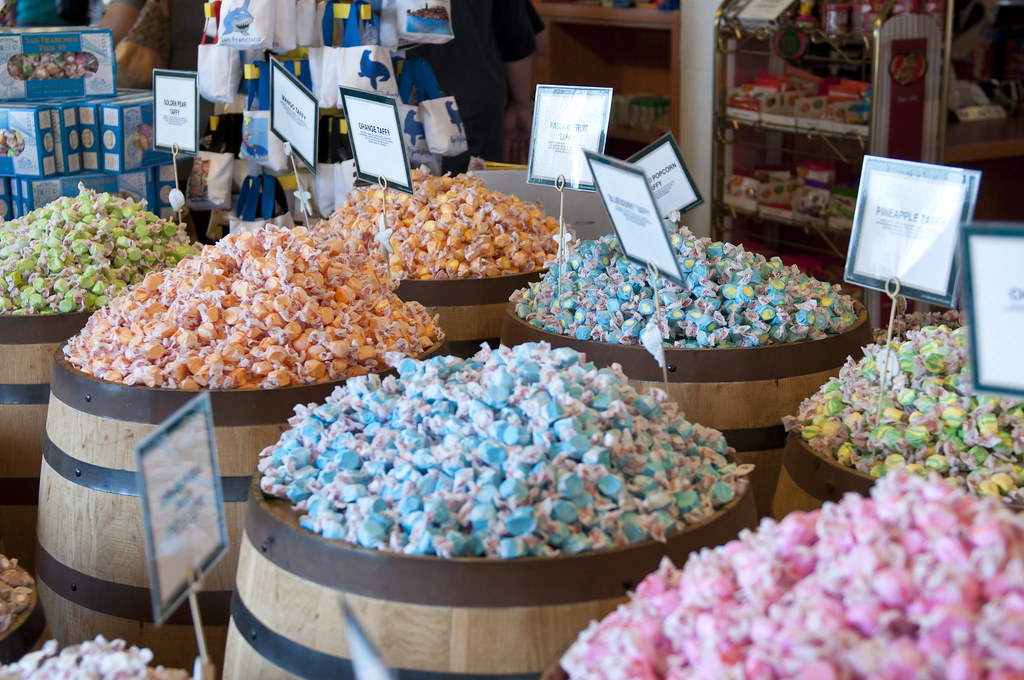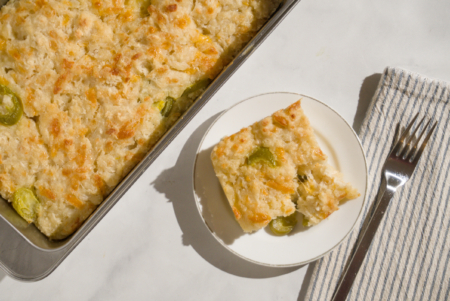Prized for its marshmallow-soft chewiness and huge variety of flavors, salt water taffy is an iconic summertime staple that dominates the candy shops in boardwalks across the United States. Read on to learn about its history, production, and more.
History
The stories of salt water taffy’s true origins are as diverse and colorful as the chewy candies themselves. One popular theory is that a boardwalk candy shop was flooded with seawater that soaked their taffy. Some believe that the owner jokingly called them salt water taffy and the name stuck, while others claim the taffy was marketed that way. Another story says that an absentminded assistant accidentally used seawater instead of fresh water while making the candy.

What we can confirm so far is that salt water taffy was first produced and sold in Atlantic City, New Jersey in the 1880s. Businessman and confectioner Joseph Fralinger is widely credited with popularizing the candy. Today, it continues to be a popular souvenir for visitors and a beloved treat for locals. You can find salt water taffy sold on the boardwalks of Atlantic City as well as on other beaches throughout the United States.
Taste and Texture
Despite what its name might suggest, salt water taffy isn’t actually salty (nor does it contain seawater). There is also no real difference between salt water taffy and regular soft taffy.
In its purest state, salt water taffy has a clean sweetness with a pillowy soft chewiness that melts in your mouth over time. It comes in a seemingly endless variety of flavors, from classics like vanilla and peppermint to inventive options like maple bacon and pickle.

How It’s Made
Salt water taffy is generally made from a combination of sugar, corn syrup, butter or oil, an emulsifier, and flavorings. The mixture is heated and pulled continuously to aerate it and create the ideal whipped, chewy consistency. This process was originally done manually, with candy makers continuously stretching the taffy by hand for anywhere between 10 minutes to 1 hour. Nowadays, however, the majority of the salt water taffy available commercially is machine-pulled.
Feature Image: Flickr user yuzu ( CC BY-NC-ND 2.0 )



